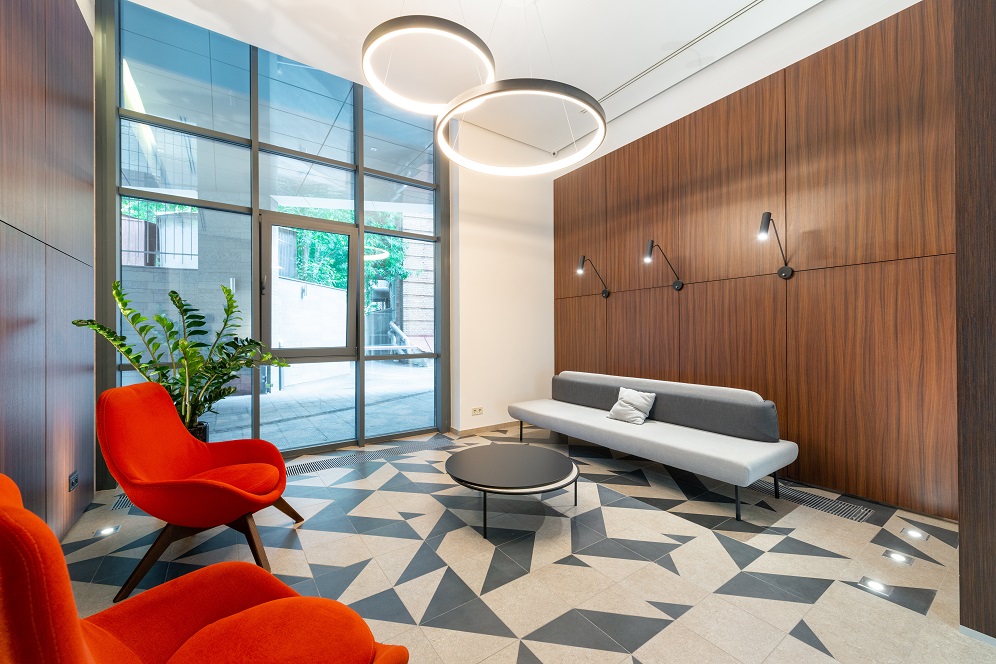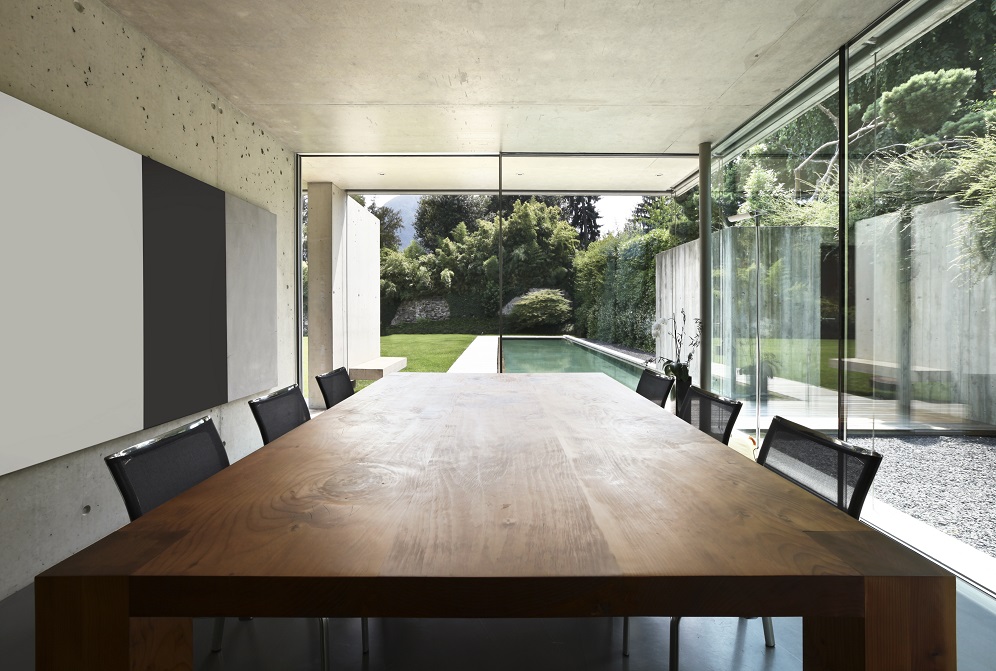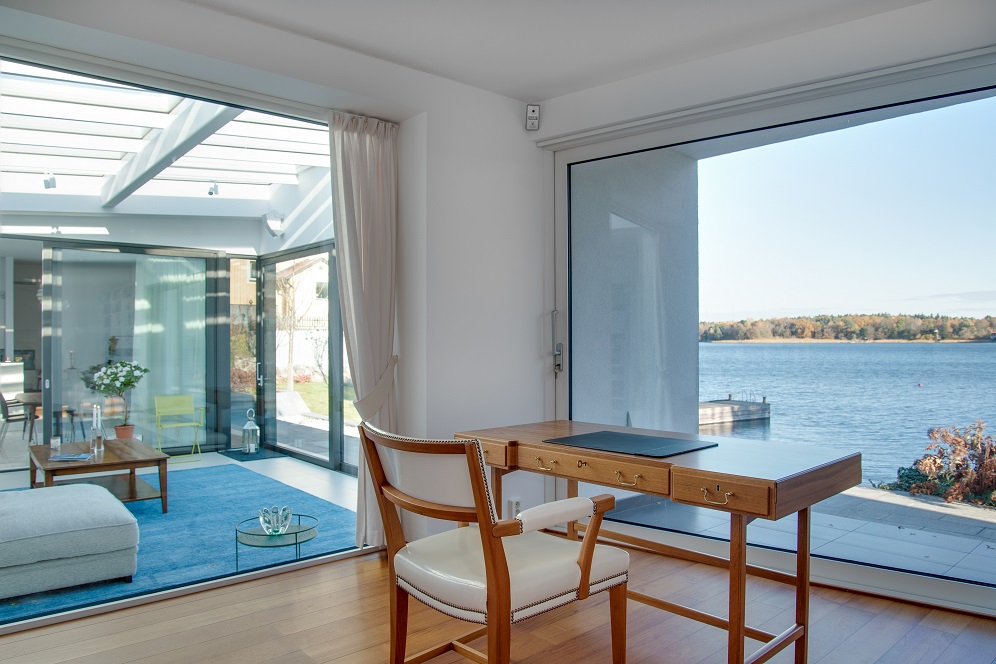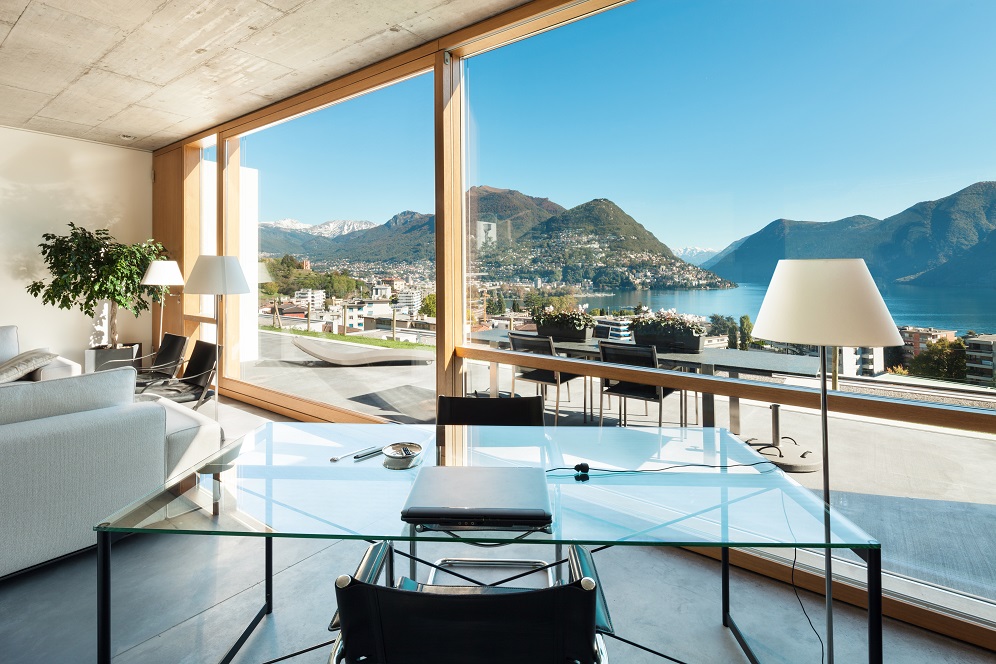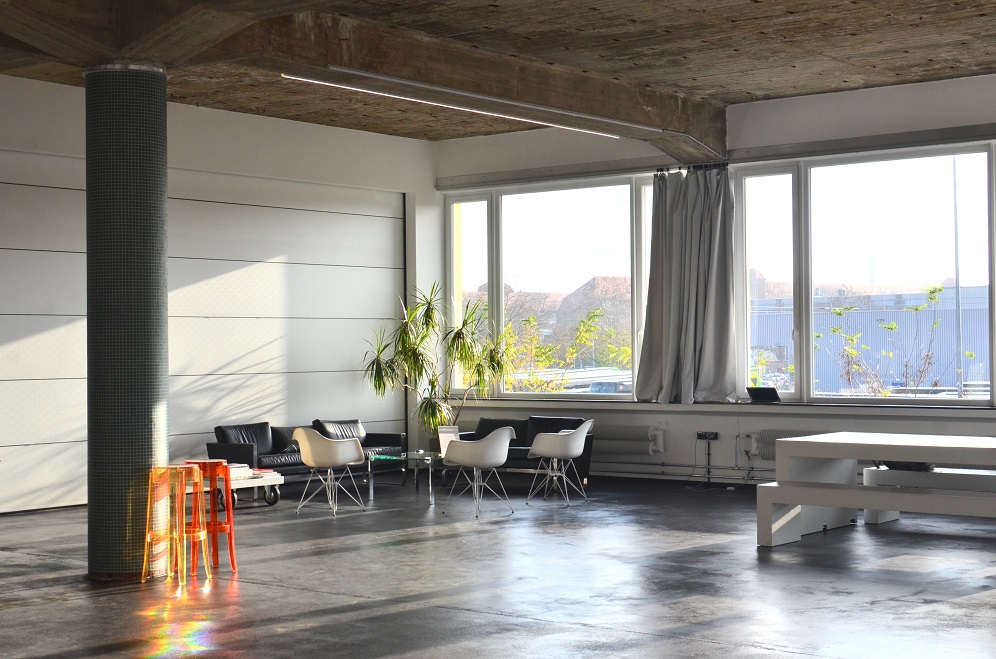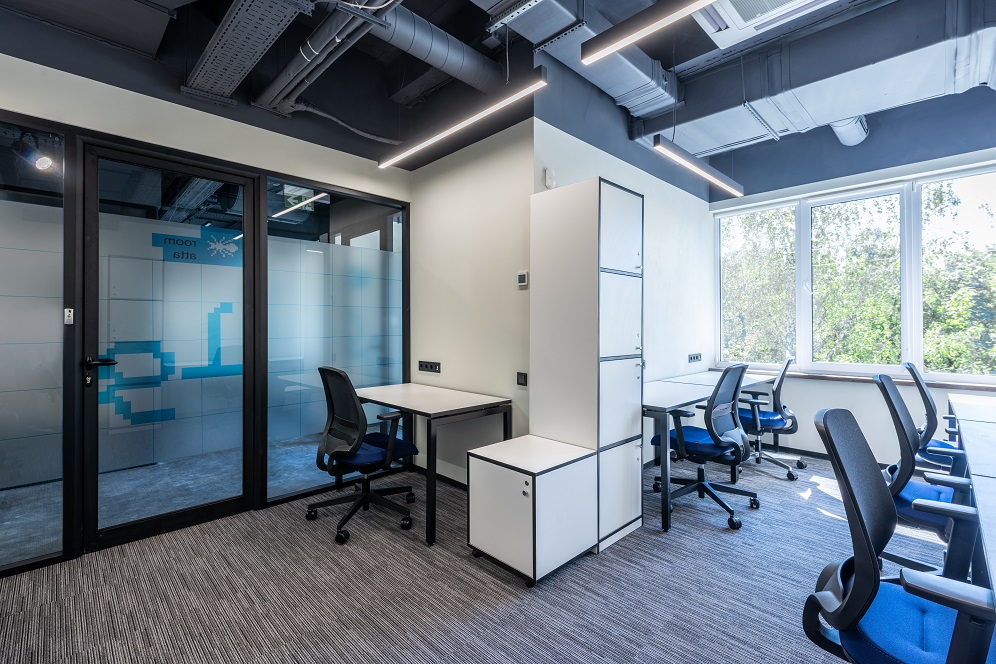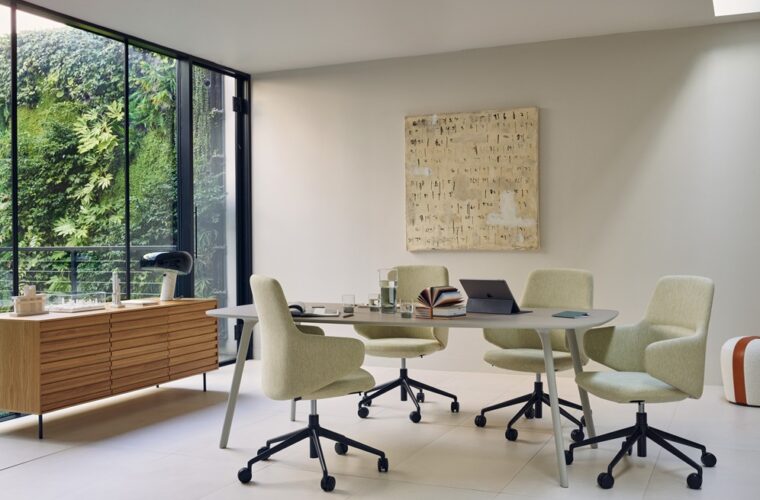Impact of windows and daylight exposure in workplaces
Text: Nitin Mehta, Director, ALCOI
Natural light is an integral part of our well-being. Daylight affects our psychological and physical health, thus impacting us anatomically. The spaces we reside or work in are significant contributors to the same, and as a result, architecture and the built environment substantially impact human well-being.
Research reveals that for employees, access to natural light is a top priority for a favorable work environment. It also shows that sunlight is vital for our holistic well-being and makes humans feel lively and more content. However, we must note that well-being is also about functioning well. Happier employees are more energetic, more creative, better problem-solvers, and actively interact with fellow workers more effectively. When there is better access to natural light, it helps facilitate these outcomes:
- Performance gain through natural light
An employee is a company’s greatest asset, which is why managing this resource is critical for optimum productivity, efficiency, and sustainability. There is a solid link between increased productivity and exposure to natural light in the workplace. Office workers spend most of their waking hours indoors; hence, getting daylight in the office can affect their well-being. Exposure to natural light also improves concentration and boosts memory, which leads to benefits related to work performance.
Another significant impact of adequate daylight in a workplace is how exposure to dark and light regulates the body clock and our daily rhythms. For example, Seasonal Affective Disorder is a type of depression related to changes in seasons and increased exposure to darkness during the winter months when one has little or no access to natural light.
- Health benefits for healthier workplaces
Several case studies highlight that exposure to daylight reduces stress levels, causes significant mood improvements, and promotes better social interactions. Conversely, working for long periods without sunlight increases an individual’s risk of developing stress. Depression and seasonal affective disorder (SAD) are linked to disruption to the natural circadian rhythm. Research also proves that daylight helps people to be generally calmer and less susceptible to the impact of stress.
Workers with access to higher levels of natural light exposure in their offices have better sleep quality than their low-light counterparts. In addition, since people spend a significant part of their day at work, exposure to natural light at the workplace can have lasting benefits even after leaving the office.
- Energy and cost-efficient
Selecting a workspace with ample daylight is a highly energy-efficient solution. On average, a significant part of the energy used in an office is used for controlling the temperature, space conditioning, and artificial lighting. Therefore, offices that receive more daylight can significantly save on heating, air conditioning, or artificial light. Cutting down on this unnecessary energy usage also reduces a company’s environmental impact and provides the workers with more fresh air.
As conscious consumers and designers, workplaces must be designed to incorporate the maximum possible natural light. While this heavily relies on the building and space in question, one can endeavor to implement quick fixes such as positioning workspaces and critical areas close to windows. Furthermore, blend in with intelligent technology to ensure natural light works in tandem with artificial light to optimize energy efficiency. Lastly, utilizing outdoor spaces with fully open or semi-covered areas offers employees an opportunity to work and evokes a connection with the outdoors.



